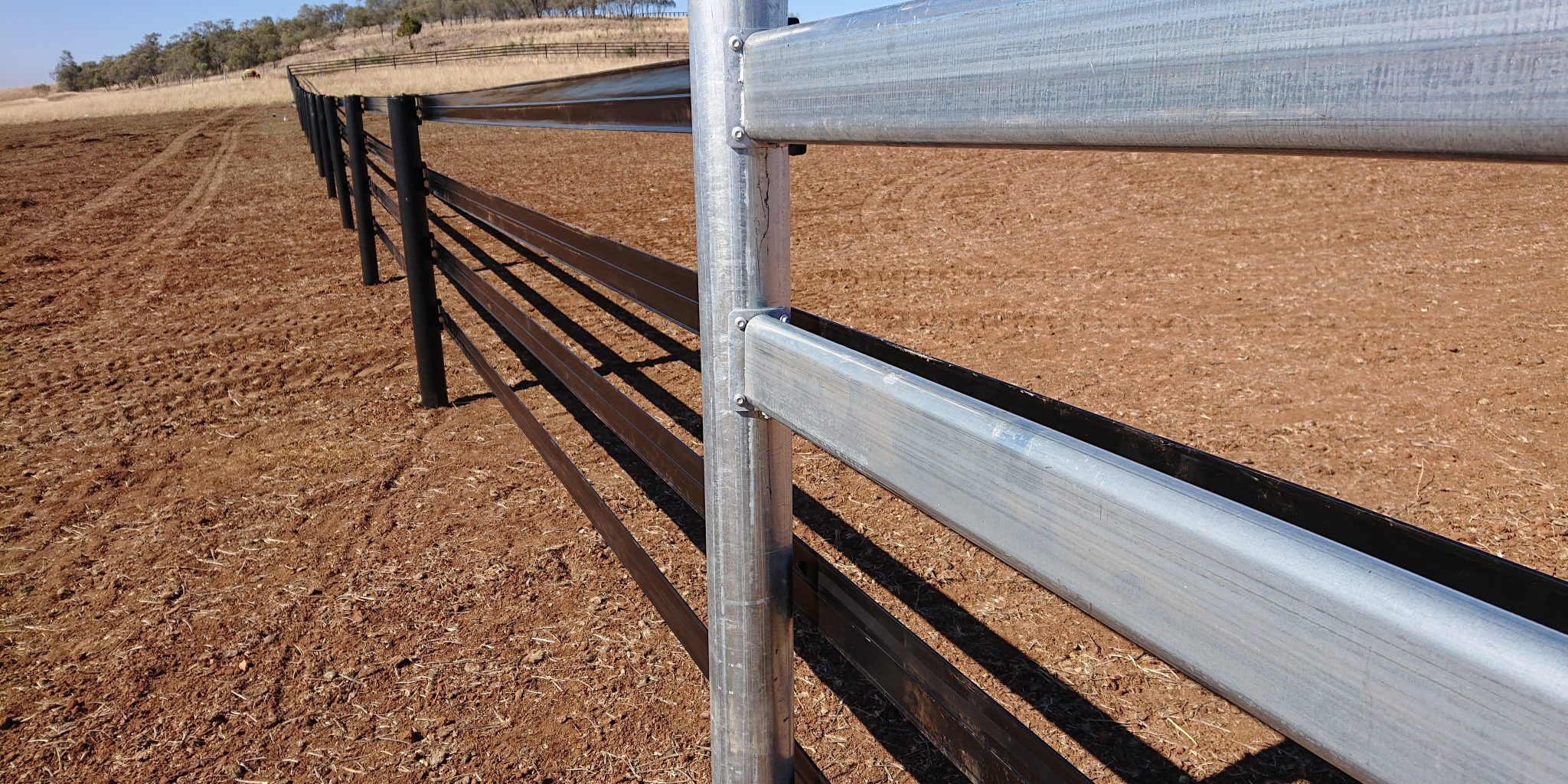While drought conditions are an unfortunate reality for many Australian horse owners, there are simple steps that can be taken to reduce stress and the likelihood of health problems amongst your horses. Read on to find out how you can protect your horses’ long-term wellbeing this Summer…
Feeding
As quality pasture dwindles, horses are more likely to wait under shade for nutrient-rich meals, rather than forage normally. This can lead to poor digestive health and an increased risk of gastrointestinal problems.
Combat this risk by providing large quantities of grass hay to keep your horses eating and occupied. Rubber matting and feeding on non-sandy floors can also help reduce the likelihood of conditions like sand colic, which are more common during drought when grass heights are low.
Health care
Good healthcare is important year round. During Summer, heat, blowing dust, changing feeds and dwindling water supplies can compound the stress your horses are already experiencing, so it’s crucial you ensure their healthcare is properly managed.
Routine vaccinations, de-worming, hoof and dental care are paramount for your horses and should not be avoided during drought conditions. Have a plan in place for instances of extreme drought, so you know your horses will continue to receive the care they require.
Access to water
Water sources, such as dams and ponds, may be unable to provide adequate water supplies if a drought persists. A small water trough has several advantages. Not only are they easier to clean and re-fill, but the shallow water depth prevents water wastage, and the build up of bacterial or algae growth.
Allow plenty of room around food and water sources as horses may compete with each other when resources are limited. Water troughs should also be made from strong and lasting materials, such as indestructible polyethylene, so they aren’t easily damaged and your horses don’t risk injury.
Safe housing
Finally, regularly check your horses’ housing for hazards. As green pasture is scarce, horses are more likely to ingest toxic weeds, which are often the only green sources of food. It’s important you learn to recognise toxic weeds in your area and remove them from your property.
Poorly maintained electric fencing and excess leaf litter are also unnecessary fire hazards. Horse fencing should be routinely checked for damage, such as bending or warping. While traditional post and rail fencing is robust and hardy, polyethylene is a material that’s truly designed to last, which is what Stallion Rail is made from.





